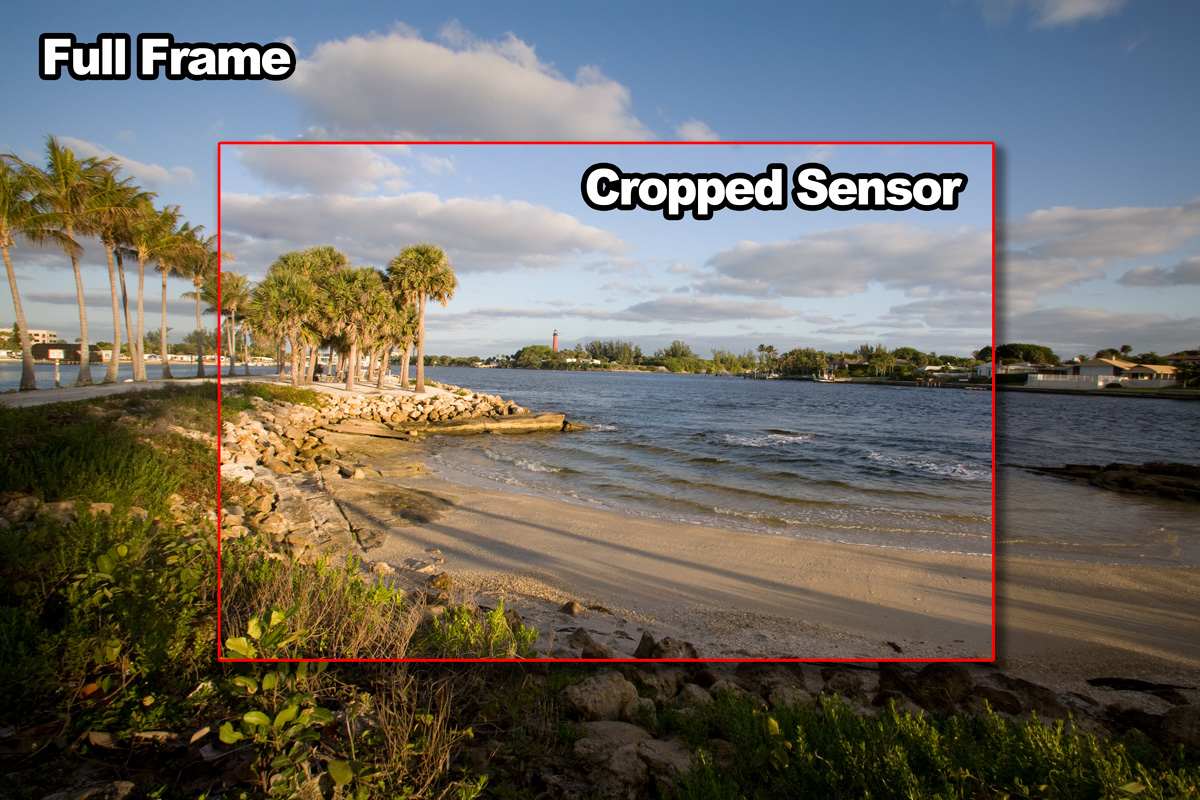
The first and most obvious question, of course, is how much does that smaller sensor matter? I started my career with a crop sensor DSLR. The remaining four are full-frame mirrorless cameras: The Canon EOS R6, Nikon Z6 II, Sony a7 III, and the Panasonic S5. One of those bodies is the Fujifilm X-T4. Most were from LensRentals, but a few I had on loan from the manufacturer.

I rented five camera bodies and portrait prime lenses.

Since I hadn’t fallen deeply in love with a particular camera, I decided to speed date, for cameras, that is. And, well, the lens is half the equation when it comes to image quality - if not more. But, I hadn’t tested the mirrorless bodies with the lens that I would use. As the Reviews Editor at The Phoblographer, I’ve shot with more camera bodies than the average photographer. But, unlike when I first held the Nikon D850 a few years ago, I haven’t had that this-is-the-one feeling. I’m in the middle of jumping ship from DSLR to mirrorless. Obvious words of thanks also go out to the manufacturers.

full-frame just by looking at the resulting images?Įditor’s Note: A very big thank you goes out to LensRentals who helped with this project. But, just how much does size matter? Can you tell when a photograph was taken with a crop sensor and when it was taken with a full-frame sensor? Without looking at metadata, can you pick out APS-C Vs. And, more important even than megapixels, is the sensor’s size. Yes, the processor plays a role here too, but the sensor is the biggest determining factor in how images from the camera body look. If there’s one single item on a camera’s list of technical specifications that indicates image quality, it’s the image sensor.


 0 kommentar(er)
0 kommentar(er)
